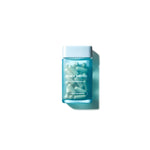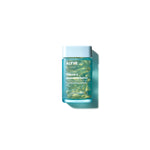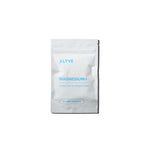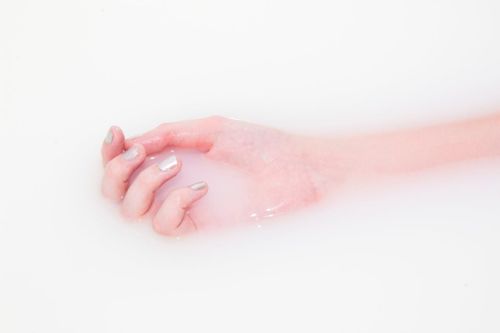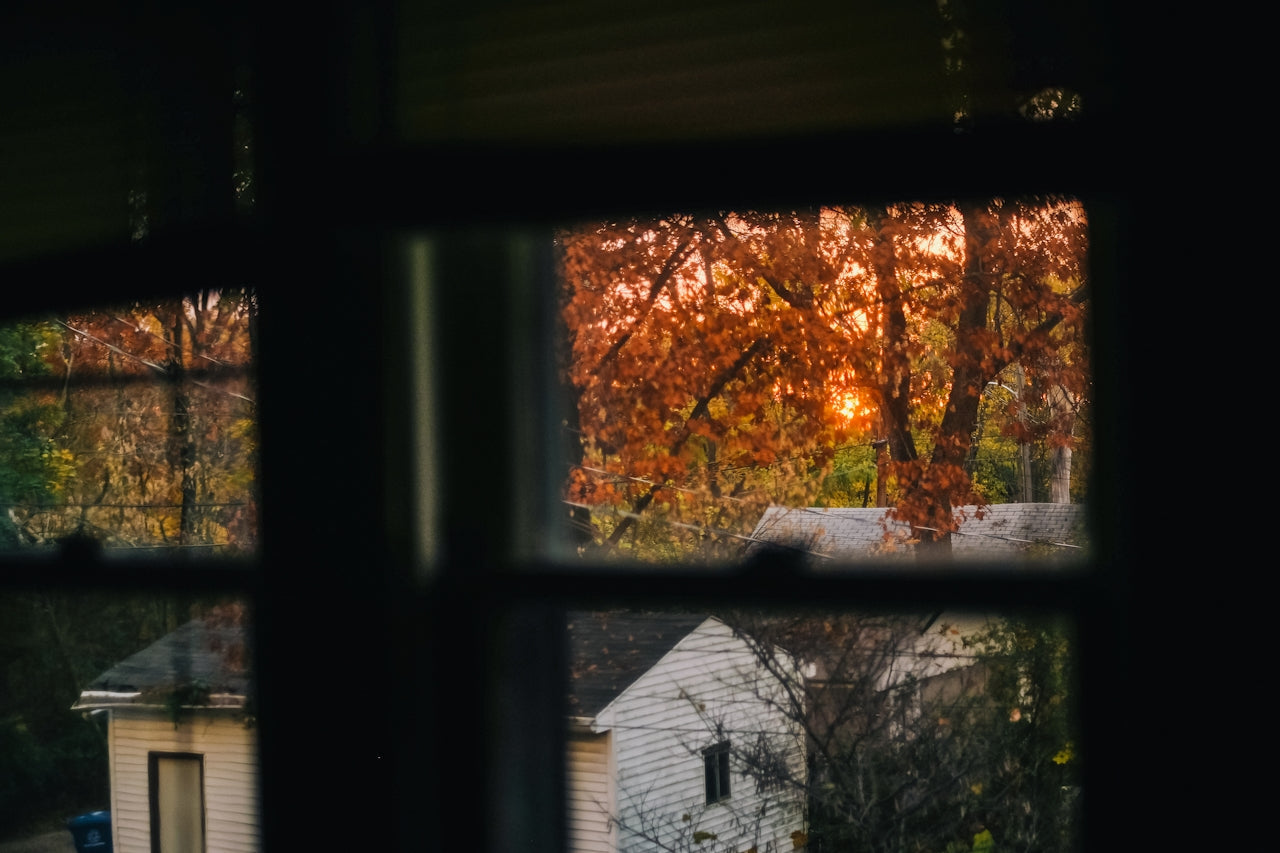You’ve probably noticed it before—those little white spots or marks that mysteriously appear on your nails. Maybe you spotted one while giving yourself a manicure, or perhaps someone pointed it out. Either way, if you’re wondering what they are and whether you should be worried, you’re not alone.
So, what’s going on with those white spots?
The Myth of Calcium Deficiency
For years, people believed that these white spots (also known as leukonychia) were a sign of calcium deficiency. You may have even heard that from your mum or a friend, and while it’s a common explanation, it’s not entirely true.
In reality, the most common reason for these spots is trauma to the nail. Think about it: the nails grow slowly, so even a light bump or knock a few weeks ago can cause these little marks. If you’ve ever banged your finger on a door or caught it on something, that could easily lead to white spots, even if you didn’t notice the injury at the time.
Nail Trauma: The Main Culprit
As we’ve said, minor trauma to the nail is the most likely reason for white spots. It’s especially common if you use your hands a lot—whether it’s typing, gardening, or just being generally hands-on with things.
But here’s the thing: the trauma could be so small that you don’t even remember it. And because nails grow slowly, it could take weeks before the damage surfaces in the form of those spots.
If you regularly get manicures or use gel polish, you might also be more prone to white spots. The scraping, filing, or chemicals involved can cause minor trauma to the nail bed, which eventually shows up as those pesky marks.
Could It Be Something More Serious?
Now, while trauma is the most common reason, white spots can occasionally point to other issues, so it’s always good to keep an eye on them. In some cases, allergies to nail polish, gloss, or hardeners can lead to white spots. If you’ve recently switched up your nail routine, this could be something to consider.
Another cause could be fungal infections. While rare, a fungal infection might start as white spots or streaks. You’d likely notice other symptoms as well, like thickened or crumbly nails, so if things seem to be getting worse, it’s worth getting it checked out.
And while not as common, vitamin deficiencies or health conditions like eczema or psoriasis could also cause changes in the nail’s appearance, including white spots. If you’re noticing other symptoms like fatigue or skin irritation, this could be your body’s way of telling you something is off.
What Can You Do About Them?
Here’s the good news: for most of us, these white spots are harmless and will disappear on their own as the nail grows out. There’s no need for fancy treatments or supplements—just give your nails time.
If you’re keen on prevention, try being a bit gentler with your nails. Avoid harsh chemicals, opt for less aggressive manicures, and wear gloves when doing anything that might cause damage (hello, DIY enthusiasts).
If you’re worried about the appearance of your nails, though, it’s always worth having a chat with a healthcare professional or a dermatologist, especially if the spots are persistent or spreading.
In most cases, white spots on nails aren’t a cause for concern. It’s likely the result of a small injury that you may not even remember. However, if you’re noticing other changes or symptoms, don’t hesitate to reach out for advice.
Remember, your body is pretty good at sending you signals when something’s wrong—sometimes it’s as subtle as a spot on your nail.

